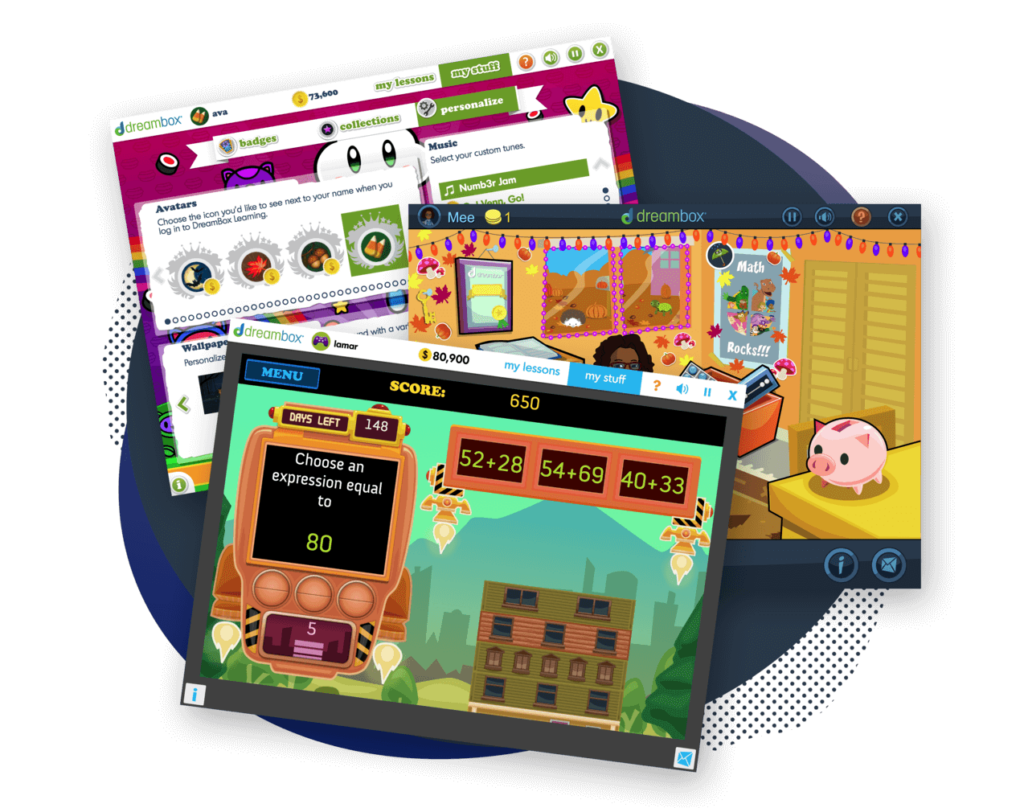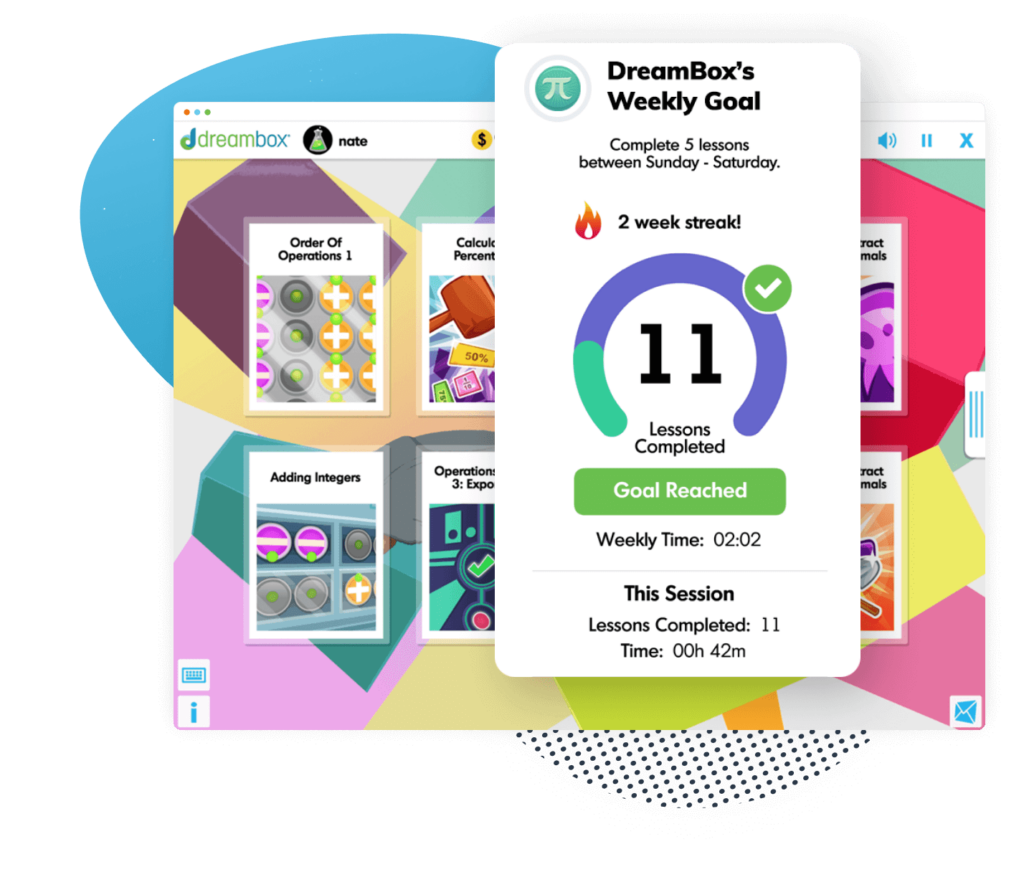Common Core 1st Grade Math Standards
The Common Core Mathematical Standards are a set of academic standards for K-12 students in the US that provide benchmark learning goals for each year. Let’s dive into the 1st grade Common Core math standards.

Author
Katie Wickliff
Published:
Oct 2024

Key takeaways
- • The Common Core standards provide uniform expectations for students across the United States.
- • Common Core 1st grade math standards cover four topics: operations and algebraic thinking, number and operations in Base 10, measurement and data, and geometry.
- • Because not all states mandate Common Core, 1st grade math standards differ by state and by school.
In 2010, the US government introduced the Common Core State Standards Initiative was introduced by the government in 2010 to bolster student achievement in the United States. These academic standards provide an overview of what concepts and skills students should learn in math and English/Language Arts by the end of each school year.
Although Common Core aims to standardize education, it’s important to understand that 1st grade math standards differ depending on state and school. While most of the country adopted Common Core when it was introduced, some states opted out of the program. Also, independent and parochial schools that do not receive government funding are not required to follow Common Core, but many have chosen to incorporate portions of the program into their own framework.
This article will clarify what Common Core is and provide an overview of the common core 1st grade math standards for students across the United States. Additionally, we’ll give you ideas of way to make math practice fun for your 1st grader. If you want to know what common core 1st grade math looks like, we’re here to help simplify things for you.
1st-Grade Math Common Core Standards
The 1st grade common core math standards address four main topics: operations and algebraic thinking, number and operations in Base 10, measurement and data, and geometry. Read on to learn more about each standard.
Operations and Algebraic Thinking
In 1st grade students learn to represent and solve addition and subtraction problems within 20. They solve addition word problems with three whole numbers using objects, drawings, or equations with a symbol to represent the unknown number.
They also use strategies like counting on, making 10, or decomposing a number to solve addition and subtraction problems. First graders will understand the relationship between addition and subtraction and use mental math to add and subtract numbers within 10.
Number and Operations in Base 10
Base 10 is a number system that uses ten digits (0-9) to represent any number. In 1st grade, students will count to 120 starting from any number. They learn to write numbers up to 120 and use written numerals to represent a certain number of objects.
First grade math students will learn place value, and understand that a two-digit number represents a certain amount of tens and ones. They’ll also learn to compare numbers, using greater than, less than, and equal to symbols. Students will use place value knowledge to mentally add or subtract by 10s and explain their reasoning.
Turn math into playtime with DreamBox Math
DREAMBOX MATH
Get started for FREE today!

Measurement and Data
First grade students learn to measure the length of an object using multiple shorter objects and express the length in whole numbers. For example, students might use several paper clips to measure the length of an envelope. Students will also learn to order three objects by length.
In 1st grade, students use analog and digital clocks to write and tell time in hours and half hours.
They will learn to collect, organize, and represent data in up to three categories, and ask and answer questions about the total number of data points, the amount in each category, and how many more or less are in one category than another.
Geometry
In 1st grade geometry, students will identify two-dimensional shapes and three-dimensional shapes. They will learn how to count and compare the sides and corners of shapes.
First graders will also build and draw shapes like rectangles, squares, triangles, and trapezoids. Students will understand how to divide circles and rectangles into two and four equal parts, and describe those parts using the words halves, fourths, and quarters.

The math program that drives results
Get started today!
DreamBox adapts to your child’s level and learning needs, ensuring they are appropriately challenged and get confidence-building wins.
How do 1st Grade Math Standards Vary by State?
Although the Common Core aims to create uniform learning objectives for all students, the 1st grade math standards still differ among states. In 2010, all states except Virginia, Alaska, Nebraska, and Texas adopted the Common Core initiative. Minnesota adopted the English and Language Arts standards but not Mathematics. Among the 45 states that adopted the standards, 24 have either repealed them, revised them, or edited portions. Arizona, Oklahoma, Indiana, and South Carolina have completely left the program.
States that do not participate in the Common Core have established their own academic requirements. For instance, the Texas Essential Knowledge and Skills (TEKS) are the state standards for what Texas students should learn and be capable of performing in each subject and grade level. After receiving extensive input from educators and other stakeholders, the Texas State Board of Education creates and implements the TEKS standards.
What Should Kids Know in Math by the End of 1st Grade?
The 1st grade common core math standards provide a broad overview of the math skills that students should learn by the end of the year. However, these standards vary depending on the specific school or state. If you’re unsure what learning goals your child should meet by the end of 1st grade, reach out to their teacher. Whether via email or in-person, a strong school-home partnership is beneficial for any child.
Where Can You Practice 1st Grade Math Concepts?
Regardless of whether your child’s school follows Common Core, consistently practicing 1st grade math concepts helps your student develop skills and confidence.
DreamBox’s award-winning math app is designed to help students master standards-aligned math concepts in an engaging way. Through interactive math games and practice problems, the app offers a personalized approach to practice.
Additionally, you can help your 1st grader with math by counting with fun objects such as jellybeans, crayons, blocks, or stickers. Card games like UNO or board games like Sum Swamp or Hi Ho! Cherry-O strengthens math skills in a fun way that promotes the connection between caregiver and child.
FAQs About 1st Grade Math Standards
Depending on school or state standards, 1st graders should learn foundational math concepts involving addition and subtraction, place value, measurement, telling time, collecting, and analyzing data, and geometry.
Common core math 1st grade standards are operations and algebraic thinking, number and operations in Base 10, measurement and data, and geometry.
Take at home math practice to the next level
Empowering parents and educators to make math practice more impactful. Plus, your kids will love it.


